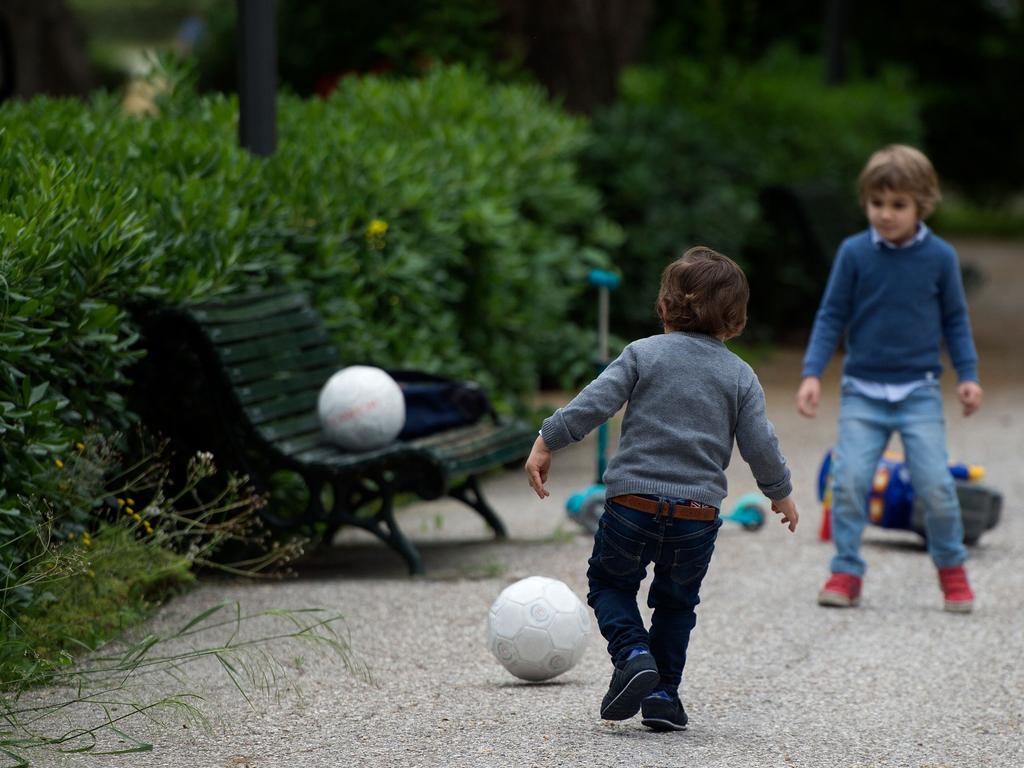$1bn blitz to tutor kids left behind: Grattan
The federal government should launch a six-month tutoring blitz to help disadvantaged students recover learning lost during the COVID-19 lockdown.

A $1bn, six-month tutoring blitz is urgently needed to help one million disadvantaged school students recover learning lost during the COVID-19 lockdowns, the government has been told.
In a Grattan Institute report, authors Julie Sonnemann and Pete Goss estimate the equity gap between disadvantaged students and their peers grows at triple the rate during remote schooling.
“Even where remote schooling has worked well, our projections suggest that many disadvantaged students are likely to have learnt at about 50 per cent of their regular rate, losing four weeks compared to what they would normally learn over a two-month period,” they said.
A survey of teachers in NSW supports the authors’ claims with only 35 per cent of teachers from high socio economic status (SES) schools saying they were confident their students were learning well remotely.
In the same survey of more than 5000 teachers, only 18 per cent in low-SES schools felt assured of their students’ progress. The report recommends spending $1.13bn in small-group tutoring programs of reading and maths as well as the expansion of successful literacy and numeracy programs, especially for students in the early years.
The estimated 100,000 tutors would be drawn from teachers, as well as non-teaching staff such as teaching assistants, university graduates and pre-service teachers.
Each group would have about three students and each group would meet three to four times a week over a 12-week program.
The second prong to tackling the issue is focusing on and expanding “tried and tested literacy and numeracy programs”, including using phonics to teach reading, the authors suggest.
The cost of the initiatives would be about $1262 per disadvantaged student, doubling the funding loading for disadvantaged students.
The report proposes the government catch-up strategies focus intensively on disadvantaged students, rather than trying to stretch across a broader section.
The vulnerable 25 per cent of students targeted would be those from traditional disadvantaged backgrounds such as low-SES indigenous and remote communities.
The report recommends one-off “catch-up” loading for disadvantaged students be provided to schools for the six months to next December.
The funds for the programs should go to those proven to improve student learning, with benefits outweighing the cost, those that can be implemented quickly and can be successfully implemented at scale.
The report warns against using the funds on ineffective programs or implementations such as using the extra catch-up funding to hire more teaching assistants without giving them adequate training.
“Nor do we recommend that students repeat a year, or that they be streamed into different classes, because these interventions have been consistently shown to harm students academically,” the report said.
The authors also warned schools against using the funds on initiatives that were likely to take longer than six months because the program would be cut short when the stimulus package ended.







To join the conversation, please log in. Don't have an account? Register
Join the conversation, you are commenting as Logout